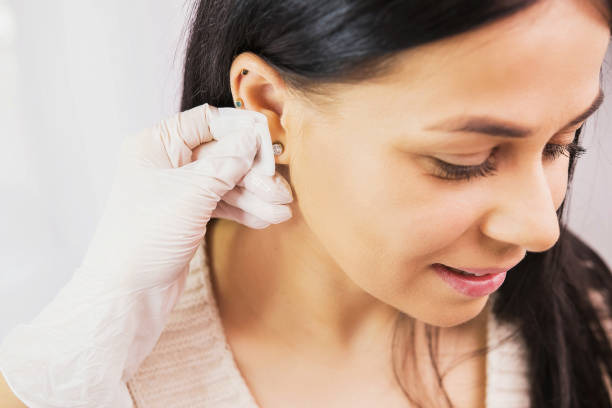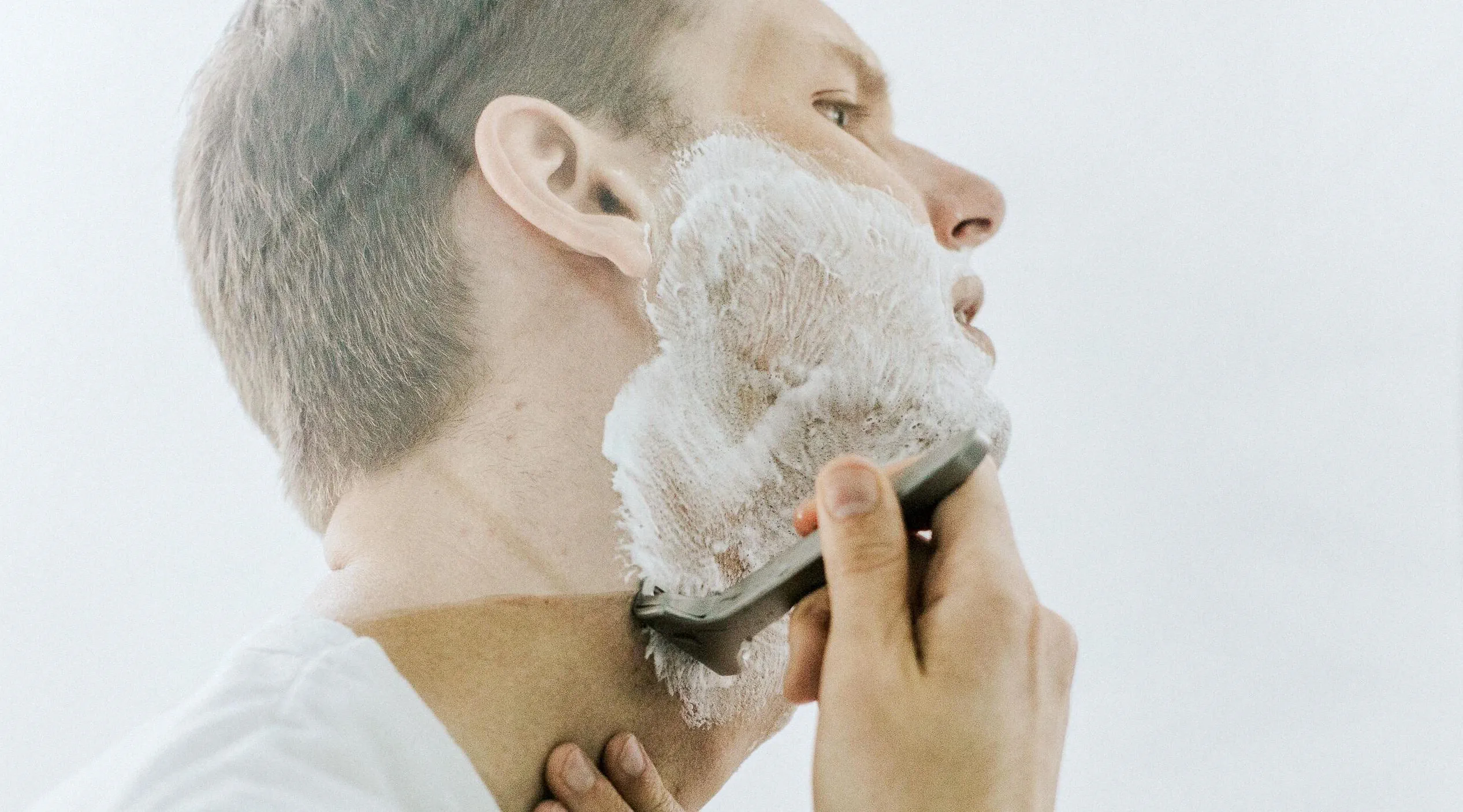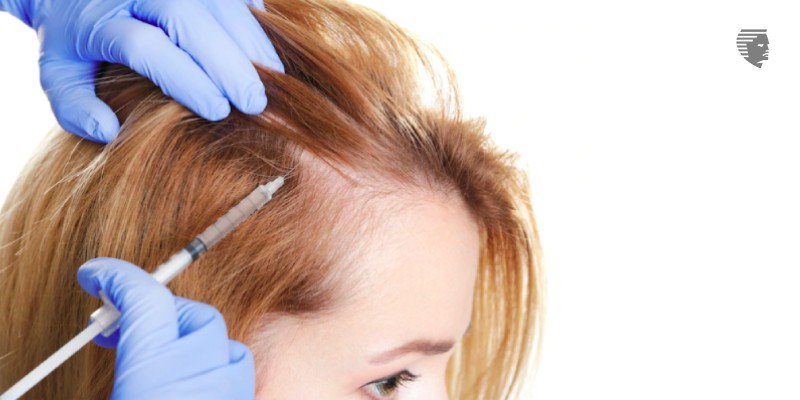When an earring backing becomes lodged within an earlobe, several steps can be taken for safe removal. First, ensure clean hands and stay calm to address the situation effectively. Use clean tweezers or a magnet if the backing is visible to carefully extract it. Applying a warm compress or warm water-soaked cotton ball can soften the skin, facilitating easier removal.
However, if unsuccessful or if there’s pain, swelling, or signs of infection, seeking medical assistance promptly is crucial to avoid complications. Avoid forcing the earring backing further in and prioritize professional help if uncertain or uncomfortable with the removal process.
How do earring backings get stuck inside the earlobe?
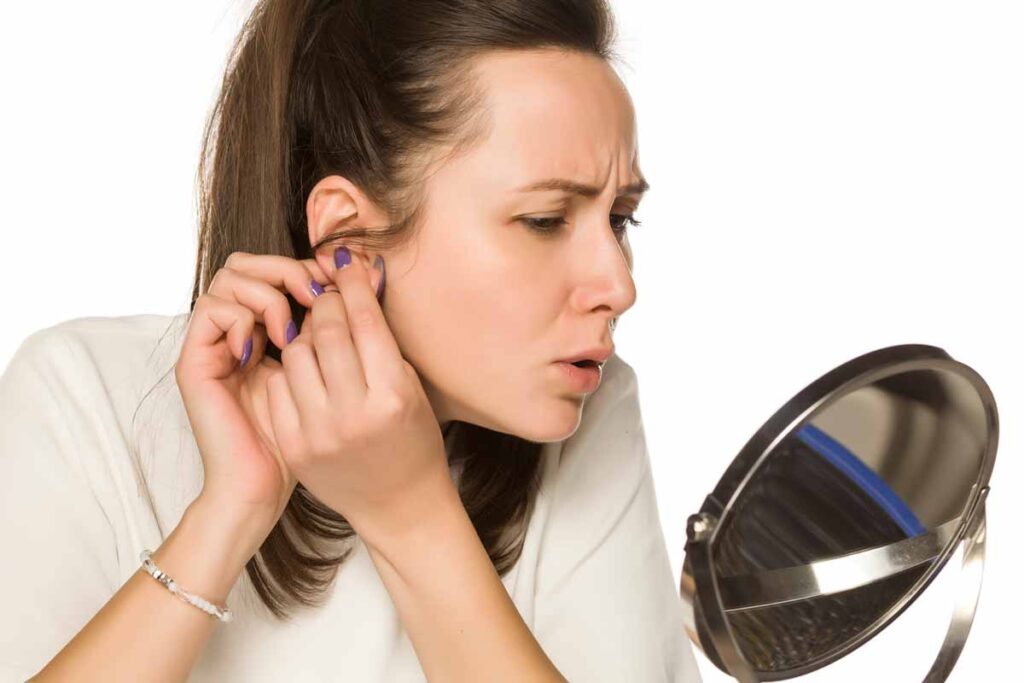
These factors provide insights into the causes, types, and risks associated with earring backings becoming stuck, emphasizing the importance of safe handling and timely removal to prevent complications.
Factors leading to earring backings getting stuck
Earring backings can become lodged in the earlobe due to various reasons. One common factor is the design of the earring itself. Some backings, like butterfly or bullet backings, might be prone to slipping inside the earlobe if they are not secured tightly enough.
Additionally, while sleeping or engaging in physical activities, earrings might get caught in hair, clothing, or bedding, resulting in accidental tugging or pulling that can force the backing into the earlobe.
Different types of backings and their potential impact when stuck
There are diverse types of earring backings, such as push backs, screw backs, and various clip-ons. Each type presents distinct characteristics that can influence their impact when stuck in the earlobe. For instance, screw backs, although more secure, might require proper handling to avoid accidental embedding.
Push backs, being more common, might have a higher tendency to slip or get pushed into the earlobe due to less secure mechanisms. Clip-ons, while offering a non-pierced option, might accidentally pinch or embed into the earlobe if not properly adjusted or removed.
Potential risks and complications associated with leaving a backing lodged in the earlobe
Leaving an earring backing lodged in the earlobe can pose several risks and complications. Initially, it might cause discomfort, pain, or irritation in the affected area. Moreover, an embedded backing can lead to infection if bacteria enter the wound. In some cases, the body might react by forming a cyst or granuloma around the embedded object.
Prolonged presence of a foreign object within the tissue can result in tissue damage or scarring. Hence, prompt and safe removal of the earring backing is essential to prevent potential complications and ensure proper healing of the earlobe.
What are safe techniques for removing a stuck earring backing?
By adhering to these safe removal techniques, individuals can minimize potential risks and increase the chances of successfully extracting the stuck earring backing without causing further harm or complications to the earlobe.
Preparing for the removal process
Before attempting to remove the earring backing, it’s crucial to wash your hands thoroughly with soap and water. Cleaning the affected area around the earlobe with mild soap can help minimize the risk of infection.
Establishing a calm and relaxed environment is essential as anxiety or stress can make the process more challenging. Sitting comfortably in a well-lit area with a mirror can aid in better visualization for the removal procedure.
Techniques for extraction
Gently examine the earlobe to determine the visibility and accessibility of the stuck earring backing. If the backing is partially visible or protruding, it may be easier to remove.
Clean tweezers can be used to carefully grasp the exposed part of the backing for extraction. Alternatively, if the earring backing is metallic, a magnet can attract the metal and aid in pulling it out.
To facilitate easier removal, apply a warm compress or soak a cotton ball in warm water and hold it against the earlobe. This can help soften the skin and surrounding tissue, making it more pliable for extraction.
Avoiding potential risks during removal
Avoid using excessive force or pulling too hard on the earring backing, as this may cause injury or push the backing further into the earlobe. Gentle and steady pressure is preferable.
Take care to avoid any actions that might embed the backing deeper into the earlobe. If there’s resistance or discomfort during the removal process, stop and seek professional assistance to prevent injury or complications.
How to seek professional help for a lodged earring backing?
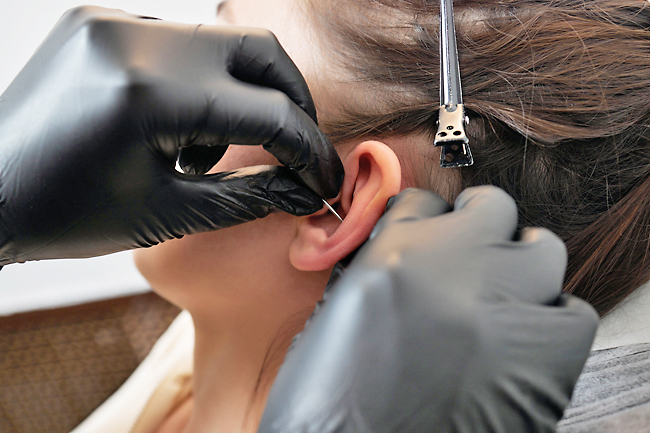
Consulting a healthcare professional is paramount when experiencing difficulties in removing a stuck earring backing or when signs of infection or persistent discomfort emerge.
Indications for seeking medical help
Signs of infection, inflammation, or persistent discomfort
Any signs of infection, such as increased redness, warmth, swelling, or drainage of pus from the affected earlobe, indicate a potential infection. Inflammation that worsens or doesn’t improve, despite home care, and persistent discomfort or pain are also significant indicators requiring medical attention.
If attempts to remove the earring backing at home are unsuccessful or if there’s any uncertainty about performing the procedure safely, seeking professional help is crucial. Trying to force the removal can cause injury or further embed the backing, making the situation worse.
Importance of consulting a healthcare professional for guidance and assistance
Seeking assistance from a healthcare professional, such as a doctor or a qualified piercer, is crucial for several reasons:
Expertise and specialized tools
Healthcare professionals possess the expertise and specialized tools necessary for safe and effective removal of a lodged earring backing. They are trained to handle such situations without causing further injury or complications.
Prevention of complications
Professional help minimizes the risk of complications that may arise from improper removal attempts at home. They can assess the situation, provide appropriate treatment, and prevent potential infections or further damage to the earlobe.
Ensuring proper care and follow-up
Healthcare professionals can offer guidance on caring for the affected area post-removal and provide follow-up care to monitor healing progress. They may also recommend antibiotics if an infection has developed.
FAQ’s
Why is my earring getting embedded?
Earrings may get embedded due to various factors like overly tight backings, trauma, or improper earring materials causing irritation.
Should I remove an embedded piercing?
It’s advisable to seek professional help for embedded piercings to avoid causing further damage by attempting self-removal.
Can skin grow over an earring?
Yes, if an earring is left in for an extended period, skin can grow over it, embedding it into the tissue.
How common is an embedded earring?
Embedded earrings are relatively common, often occurring due to various reasons such as incorrect earring placement or inadequate aftercare.
What are the complications of embedded earrings?
Complications may include infection, pain, swelling, and scarring if not addressed promptly and properly.
How do I stop my piercing from being embedded?
To prevent embedding, avoid wearing tight or unsuitable earrings, practice proper aftercare, and seek professional help for any signs of embedding.
Final Words
Safely removing a stuck earring backing is important for preventing complications and promoting healing. By following proper techniques, such as ensuring clean hands, gently extracting with tools like tweezers or a magnet, and avoiding excessive force, the risk of injury can be minimized.
If faced with challenges or signs of infection, seeking help from a healthcare professional is crucial. Remember, prioritizing safety and seeking assistance when needed ensures a better outcome for the health of your earlobe.”

